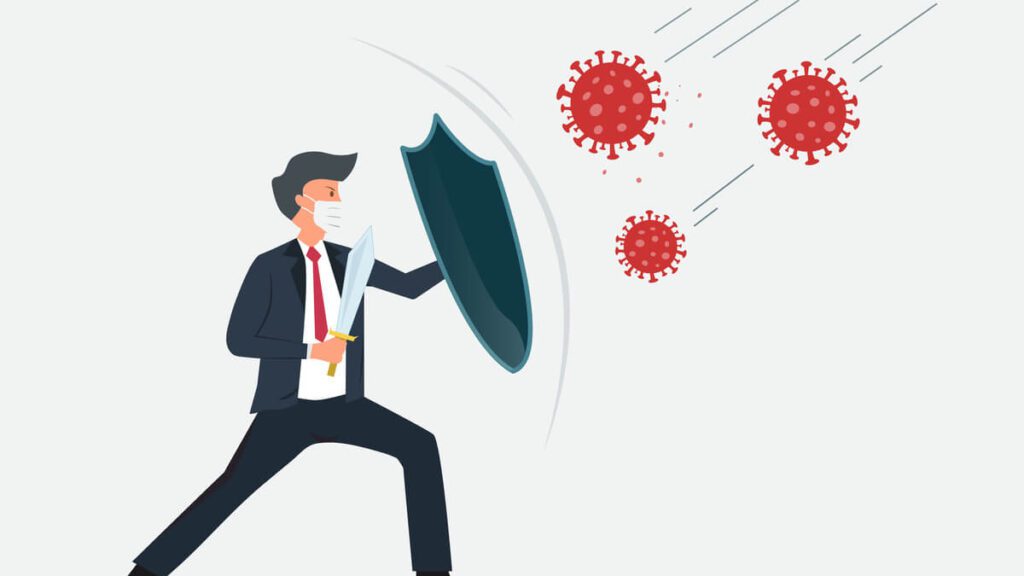
While almost all industries where rattled by the advent of the pandemic – a commonality that they all shared was just how crucial tech is right now, and how it has acted as an enabler in 2020.
These strides in tech where what allowed companies to continue operations throughout lockdowns and enabled staff to work comfortable and efficiently from home.
This need for new tech, however, had a strenuous toll on IT departments globally forcing teams late into the night to roll out emergency solutions. All this was happening while global supply chains faltered and at some points even collapsed due to the pressure.
The strain was so intense, that every other company faced supply chain disruptions in 2020, causing IT buyers to pay a premium when it came to procuring the most basic equipment needed to keep business up and running.
Stepping into 2021, we try to learn from the several lessons the previous year has to offer and work on formulating a concrete post-pandemic IT strategy with a greater focus on the long term.
Making home more homy
When the pandemic first broke out, companies’ main focus was how to immediately meet needs and priorities such as keeping staff operational as they adapted to working from home.
Companies that mitigated the first wave of the pandemic are finally catching a breather – this will be a critical phase in planning ahead when it comes to accommodating for staff that are working from homes and making their stay more comfortable.
We can see that procurement priorities have changed from getting the basics towards meeting the needs of a broader workforce. Finally, wellbeing is becoming a bigger priority as well as we can see ergonomic office material on the rise as companies strive to create an ideal environment for the teams to work in.
In parallel, the needs for better connectivity at home, be it more reliable Wi-Fi or better sound and audio quality are also witnessing an increase. We can see that this IT strategy post-pandemic will prove to be useful on both the short and long run.
Maximizing productivity
It’s not just hardware that requires greater consideration, though. Hastily thrown-together collaborative systems, that got employees through the early months, need to be reviewed. Are those combinations of cloud-based video conferencing and email systems helping employees get the job done, or have elements started to inhibit productivity? Is a more joined-up workflow required to fit the way employees want to operate?
Hardware is one side of the equation, but that leaves out software such as applications and systems that have been quickly adopted to meet the needs of the pandemic.
The systems that got us through the first months of the pandemic need to be seriously reviewed. Some questions we might ask are whether these combinations of cloud-based video conferencing and email systems still helping in getting the job done? Are certain elements proving to be bottlenecks or are they hindering productivity? Is a more synchronized workflow needed to meet new needs?
This is the best time for IT leaders to evaluate the efficiency of the systems they currently have in place, while considering new alternatives that bring new features to the table.
Security, security, security
Another priority on many IT directors’ to-do list is security. Companies that rushed to equip employees with computers, and provide remote access at home, will need to ensure that no corners were cut in the process – and that critical functions remain secure.
A major theme following us from 2020 and expected to shine even brighter in 2021 is security. An effective post-pandemic IT strategy needs to take into account security as a core competency.
2020 witnessed a tremendous rise in cyberattacks during lockdowns, with perpetrators aiming at the weaker and laxer security systems. In a preventive approach, IT departments should pair up with HR departments and work in bringing security awareness trainings.
Organizations will also need to revise their endpoint security controls, however, to bolster perimeter defenses. With large numbers continuing to work remotely, mobile device management (MDM) solutions may be needed to authenticate users, and check that anti-virus, firewalls and software patches are up to date.
MDM can also prove to be very useful for storing information in the correct place, enabling appropriate backups to take place and keeping disaster recovery protocols in check.
Whatever the post-pandemic IT strategy implemented, IT leaders should bear in mind the time they need to roll out new systems or features, how these new roll outs will work in conjunction with other systems, and most importantly flagging any security compromises.